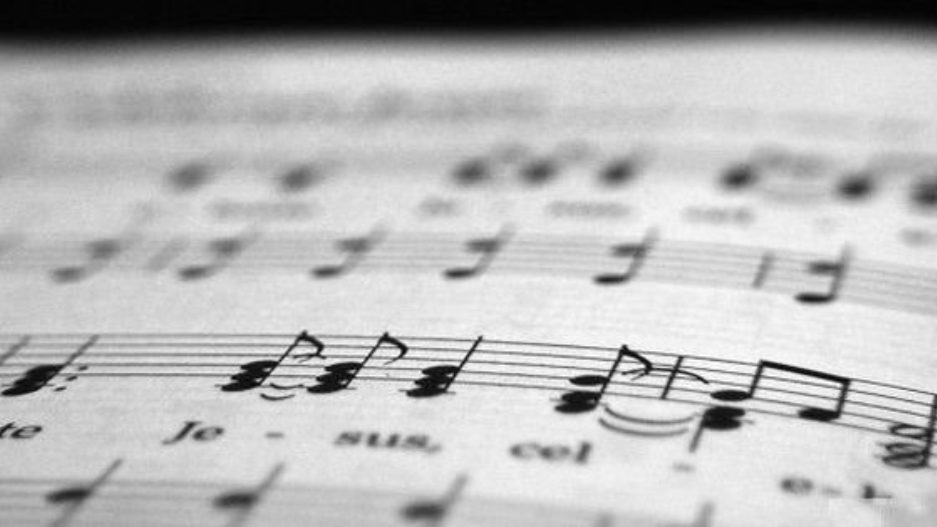This time we will slightly expand our previous exercise by adding fifths and octaves in the left hand. This will provide a thicker sound, ideal for solo playing.
Using Guide Tones (Part One)
This exercise follows the formula of the exercise from our previous lesson, consisting of only guide tones in the right hand and single bass notes in the left hand. ThisContinue readingUsing Guide Tones (Part One)
Introduction to Guide Tones
Guide tones are usually the third and seventh scale degree of a seventh chord, and are also the most active voices in most chord progressions, as these are the voicesContinue readingIntroduction to Guide Tones
Basic Chords for Piano (Part Two)
In our previous lesson we learned some major chords. This time we will be looking at minor chords. The only difference between a major and minor chord is the thirdContinue readingBasic Chords for Piano (Part Two)
Basic Chords for Piano (Part One)
As a piano player, one of your principal roles in any band is playing chords. A chord is when you are playing two or more notes at once, creating harmony.Continue readingBasic Chords for Piano (Part One)
Turning Scales Into Walking Basslines
Now we will try playing a bass line under the chords to a common jazz standard, Autumn Leaves. The tune features very common chord types, major, minor, dominant 7, etc.Continue readingTurning Scales Into Walking Basslines
Basic Scales for Bass Guitar
On bass guitar, we will need scales to create bass lines. Most of the time we only need major and minor scales, the two most common types of scales. WorkContinue readingBasic Scales for Bass Guitar
Using Advanced Chord Inversions
Now it’s time use the inversions we learned in previous lessons in some real chord progressions that would occur in any standard composition. This sheet features a ii-V-I (two-five-one) progressionContinue readingUsing Advanced Chord Inversions
Major and Minor Scales (Reference Sheet)
Here is a reference sheet that features major and minor scales in all 12 keys. Notice the notes that change when changing a major scale to a minor scale: theContinue readingMajor and Minor Scales (Reference Sheet)
Learn Basic Rhythm (Part Two)
Now that we have discussed whole-beat rhythms, we will look at rhythms that use partial beats, such as one half beat, one quarter beat, or one and a half beats.Continue readingLearn Basic Rhythm (Part Two)
